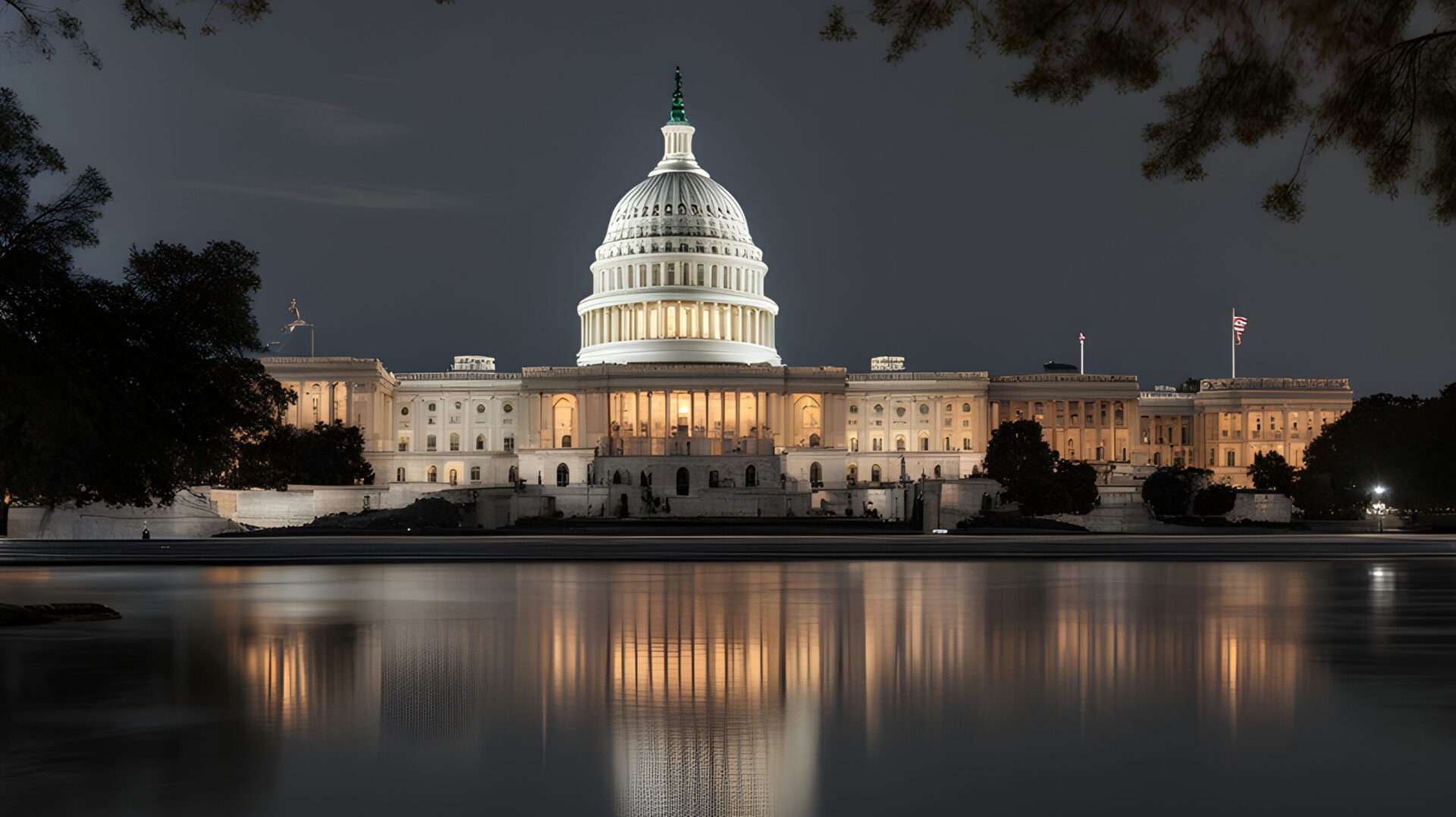Note: Political Awareness never authorizes any candidate or their committees to publish its communication.
Federalism Under Strain: States vs. Washington
American federalism was designed as a system of shared sovereignty—a balance between national authority and state independence. The Constitution did not imagine perfect harmony, but it did assume a functional tension: states would check federal overreach, and federal power would intervene when states threatened national unity, civil rights, or constitutional norms.
Today, that equilibrium is deteriorating. The American model of federalism is experiencing one of its most significant stress tests since Reconstruction. Legislative conflicts, court battles, and ideological polarization have pushed states and Washington into direct confrontation. Governors challenge federal mandates; state legislatures draft laws in explicit defiance of federal agencies; attorneys general file lawsuits by the dozens; and federal courts increasingly become the arena where national power …This strain is not just a political fight. It reshapes reproductive rights, immigration enforcement, education standards, election administration, climate regulation, and even basic public health. As the distance between states widens and Washington’s authority becomes more contested, the traditional logic of American federalism—unity with diversity—begins to falter.
I. The Historical Roots of Cooperative Federalism
A System Built on Tension
Federalism has always been a contested concept. The Founders themselves disagreed over where sovereignty resided: James Madison stressed national supremacy, while Thomas Jefferson championed state autonomy. The Constitution split the difference—granting enumerated powers to Congress, reserving the rest to the states.
This arrangement worked through compromise, but not without conflict. The Nullification Crisis of the 1830s, the Civil War, and Reconstruction all pushed the nation to clarify the limits of state defiance. After 1865, federal supremacy became constitutional doctrine.
The Rise of “Cooperative Federalism”
For most of the 20th century, American federalism functioned through cooperation, not confrontation. Congress passed landmark legislation—Social Security, Medicare, civil‑rights laws, environmental protections—and relied on states to implement those programs. Funding incentives, regulatory partnerships, and federal standards formed the backbone of national governance.
This system had flaws, but it created alignment: states administered federal programs, and Washington set national priorities.
The Modern Shift Toward Confrontation
Beginning in the 1980s, tensions accelerated. Presidents sought to shrink federal agencies; states challenged federal mandates; and the Supreme Court revived limits on federal power through decisions on commerce, preemption, and the Tenth Amendment.
But the current era is different—not because conflicts are new, but because they now span every major policy area simultaneously, with ideological sorting turning states into rival models of governance.
II. America Splinters: Diverging State Realities
Red and Blue States Become Different Countries
Over the last decade, the policy divergence between states has widened dramatically. For many issues, geographic location determines the rights, restrictions, and public services available to citizens.
Reproductive Rights
Some states banned abortion almost entirely.Others expanded access, funded clinics, and became regional safe havens.The federal government remains gridlocked, leaving states to dictate rights once considered national.
Immigration Enforcement
Texas and Florida assert independent immigration authority, deploying state police or National Guard.California, Illinois, and New York adopt sanctuary policies, resisting federal enforcement priorities.
Gun Laws
Some states allow permit less carry and restrict federal cooperation. Others implement red‑flag laws, universal background checks, and assault‑weapon bans.
Education
State curriculum battles—over race, gender, history, and civic literacy—have fractured the idea of a common American story.
Climate and Environment Blue states implement aggressive carbon‑reduction plans. Red states sue federal regulators and expand fossil‑fuel production.
III. Washington’s Authority Under Pressure
The Administrative State in Crossfire
Many of the most important federal policies are enforced through agencies—EPA, DOJ, DHS, DOE, HHS. Today, those agencies face organized resistance.
The Supreme Court as Power Broker
The Court increasingly arbitrates the limits of federal power. Recent rulings on the major‑questions doctrine, environmental regulation, vaccine mandates, and agency authority have dramatically narrowed Washington’s administrative reach.
Interstate Coalitions Shape National Policy
States form alliances to circumvent Washington: The U.S. Climate Alliance acts as a shadow national climate plan. Multi-state compacts challenge federal immigration priorities. Attorneys general coordinate lawsuits as political blocs.
IV. The Legal Arms Race: States vs. the Federal Government
Nullification Returns in New Forms
Though states cannot nullify federal law, modern tactics approximate it.
States decline to enforce federal gun laws. States challenge federal election protections. Also States restrict cooperation with federal immigration authorities.
The Courts Become Policy Battlegrounds
More than 70% of major federal policies now face immediate legal challenge. Attorneys general from both parties file lawsuits strategically in favorable jurisdictions, aiming to halt federal action nationwide.
V. Federalism’s Future: Three Possible Paths
1. Fragmented Federalism (Most Likely)2. Rebalanced Federalism3. Federalism Crisis
VI. What’s at Stake for Ordinary Americans
Unequal Rights
Economic Fragmentation
Erosion of Civic Identity
Conclusion
Federalism is not collapsing, but it is transforming. The balance between state and federal authority—never simple, often contested—has entered a new phase defined by polarization, legislative paralysis, and ideological certainty.

Leave a Reply